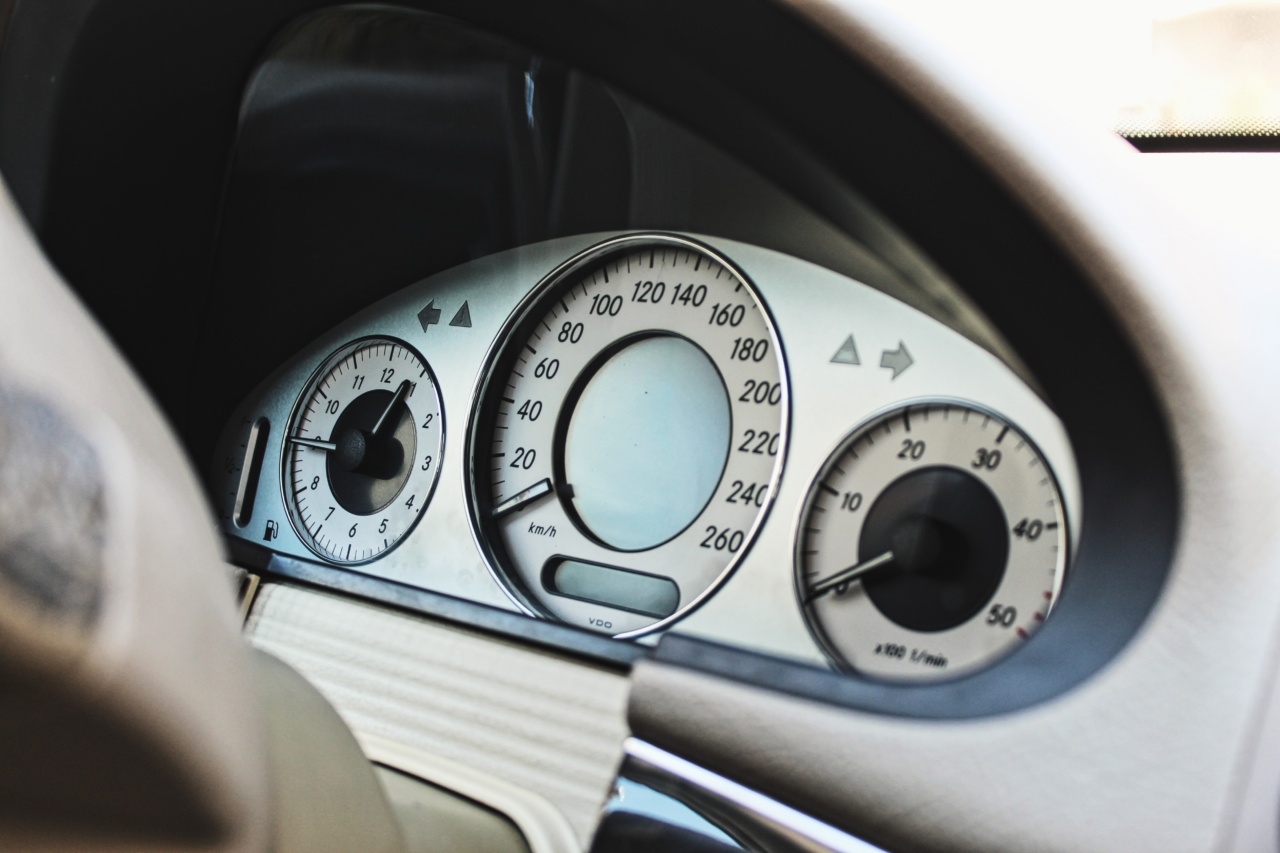Pressure is an essential aspect of our daily lives, influencing everything from weather patterns to our ability to inflate a bicycle tire.
We often take it for granted, but there are numerous surprising and fascinating facts about measuring pressure that many people are unaware of. In this article, we will explore ten such surprising things about measuring pressure and delve into the science behind them.
The concept of pressure
Pressure can be defined as the force per unit area applied to an object’s surface. It is commonly measured in units such as Pascals (Pa) or pounds per square inch (psi).
Understanding the concept of pressure is crucial in various fields, including physics, engineering, and meteorology.
1. Pressure can be absolute or gauge
When measuring pressure, it is essential to differentiate between absolute pressure and gauge pressure. Absolute pressure refers to the total pressure exerted by a fluid or gas, including atmospheric pressure.
On the other hand, gauge pressure only considers the pressure above atmospheric pressure. Absolute pressure is measured relative to a vacuum, while gauge pressure is measured relative to atmospheric pressure.
2. Pressure can be measured using various instruments
There are several devices used to measure pressure, depending on the application. Common instruments include bourdon gauges, manometers, pressure transducers, and mechanical or electronic pressure sensors.
Each instrument has its own unique design and mechanism for accurate pressure quantification.
3. Differential pressure is key in many pressure measurements
Differential pressure refers to the difference in pressure between two points. It is a crucial concept when measuring pressure in various systems.
Differential pressure transmitters are extensively used in industries such as oil and gas, HVAC, and chemical processing. These transmitters measure the pressure difference across two points and provide accurate readings.
4. Hydrostatic pressure varies with depth
Hydrostatic pressure is the pressure exerted by a fluid or liquid due to the weight of the fluid column above it.
It increases with depth according to the equation P = ρgh, where P is pressure, ρ is the density of the fluid, g is gravity, and h is the height or depth. This principle is employed in various applications, including measuring the depth of bodies of water or calculating pressure in underwater environments.
5. Barometric pressure affects weather patterns
Barometric pressure, also known as atmospheric pressure, is the force exerted on a given surface area by the weight of the air above it.
It plays a significant role in weather forecasting, as changes in barometric pressure are indicative of atmospheric instability. Low-pressure systems often bring about cloudy and rainy conditions, while high-pressure systems typically result in clear skies.
6. Pressure plays a role in determining altitude
Atmospheric pressure decreases with increasing altitude. This phenomenon is employed in the measurement of altitude using pressure altimeters. These devices measure the pressure and convert it into a corresponding estimate of altitude.
By comparing the pressure at a given altitude to the standard atmospheric pressure, altitude can be accurately determined.
7. Blood pressure is vital for overall health
Measuring blood pressure is an essential part of medical diagnostics. Blood pressure is the force exerted by circulating blood against the walls of blood vessels.
It is measured using a sphygmomanometer, and it provides valuable insights into a person’s cardiovascular health. Hypertension, or high blood pressure, can lead to serious health conditions, making regular blood pressure monitoring crucial for early detection and management.
8. Pressure measurement is crucial in industrial processes
In industries such as manufacturing, oil and gas, and chemical processing, accurate pressure measurement is paramount. Incorrect pressure readings can lead to equipment failure, safety hazards, and compromised product quality.
Devices such as pressure transmitters and gauges are extensively used to ensure optimal operating conditions and compliance with safety standards.
9. Pressure sensors enable touch-sensitive technology
Modern touch-sensitive devices, such as smartphones and tablets, rely on pressure sensors to detect user interactions.
These sensors measure the pressure applied to the device’s screen, enabling features like “force touch” or pressure-sensitive drawing. The precise measurement of applied pressure allows for enhanced user experiences and the development of innovative features.
10. Extreme pressures exist in the universe
While pressures in our daily lives may seem significant, there are extreme pressures present in the universe. Neutron stars, for example, have immense gravitational forces that create pressures in the order of 10^30 Pascals.
These unimaginable pressures shape the behavior and characteristics of celestial objects and provide valuable insights into the physics of the universe.
Conclusion
Measuring pressure is an integral part of numerous scientific, industrial, and medical applications.
From understanding the difference between absolute and gauge pressure to exploring the impact of pressure on weather patterns, there are many surprising aspects to consider. By delving into the science behind pressure, we gain a deeper appreciation for the importance of accurate pressure measurement in various fields and the fascinating phenomena it helps us understand.






























